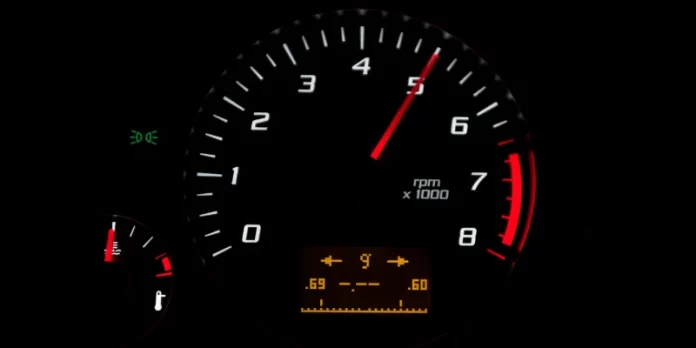Last updated on January 4th, 2024
If you’re a car owner, the chances are that you may have noticed your car RPM fluctuating.
However, if the RPMs fluctuate and make your car go up and down when you press the gas pedal, it’s advisable to address the problem right away.
The car RPM fluctuation is most likely due to one of the following causes. In this article, we’ll be highlighting the 6 most common causes of RPM fluctuation.
What is RPM?
The full meaning of the abbreviation “RPM” is “Revolution Per Minute”. During the deceleration or acceleration of a car, the tires rotate at a particular speed.
The Revolution Per Minute (RPM) reflects the number on the dial on the vehicle’s tachometer.
The tachometer shows the car’s speed in terms of Revolutions Per Minute.
During acceleration, the RPM increases when you press the gas pedal.
Likewise, the RPM reduces when you release the accelerator or press the brake pad. The RPM of a car engine varies depending on the vehicle model. However, most engines’ RPM is between 4,000 to 6,000.
Causes of car RPM fluctuation
There are certain things that trigger your car RPM to either go up or come down. Some of the 6 common causes are:
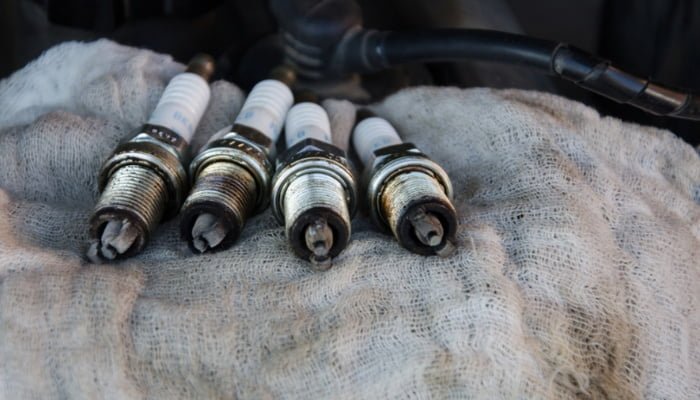

1. Worn-out Spark Plugs
Worn-out spark plugs cause the RPM in most older cars to fluctuate. When the spark plugs or ignition coils are bad, they usually don’t fire the fuel correctly within the piston at the appropriate time, causing poor acceleration.
Jerking, poor vibration and bad fuel economy are also signs of worn-out spark plugs. Once you notice any of these signs, get the spark plugs replaced as soon as possible.
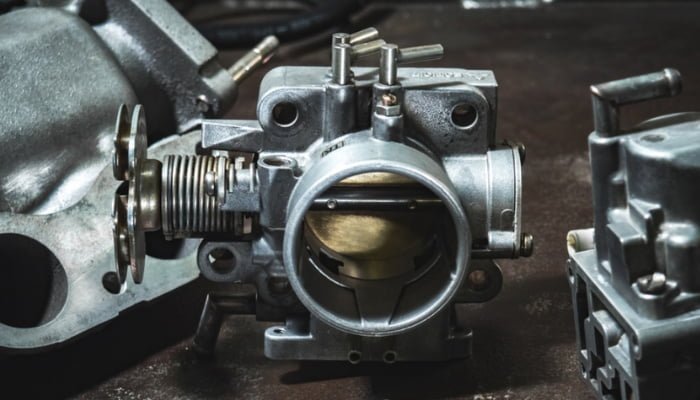

2. Bad Idle Air Control Valve
The Idle Air Control (IAC) valve sometimes causes car RPM fluctuation. This valve is found on the throttle of fuel-injected engines.
It electronically regulates airflow by communicating with the car’s ECU to control the engine’s idle speed.
When the idle control valve develops issues and causes RPM fluctuation, it’s usually due to a lack of communication between the valve and ECU.
However, rough idling and engine stalling can also cause the idle air control valve to get faulty.
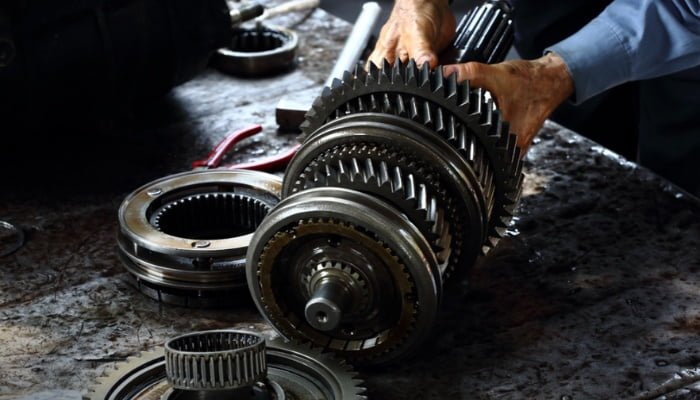

3. Transmission Issues
Most car transmission issues occur when the Revolution Per Minute is very high due to the gearbox band slipping or the torque converter.
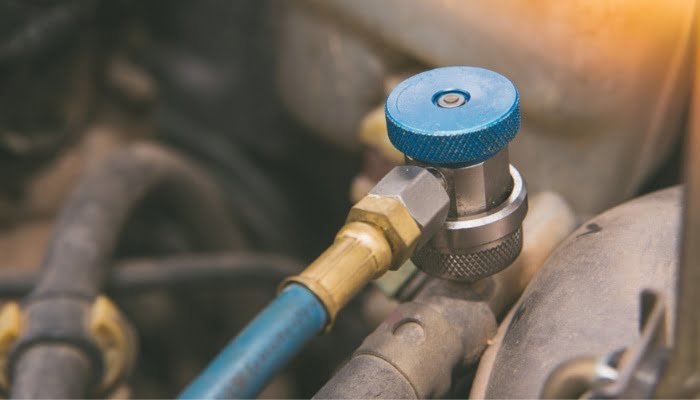

4. Vacuum leaks
An engine vacuum leak is another probable cause of a vehicle’s RPM fluctuation. An interruption of the airflow in the exhaust system or your car’s intake manifold causes a vacuum leak.
Power loss, rough idling, hissing car sound, low fuel efficiency, and car stalling are signs of a vacuum leak.
If you notice an engine vacuum leak in your car, take it to an expert mechanic to fix the leakage; else, it’ll cause more problems. In extreme cases, driving a car with a vacuum leak could cause an accident.
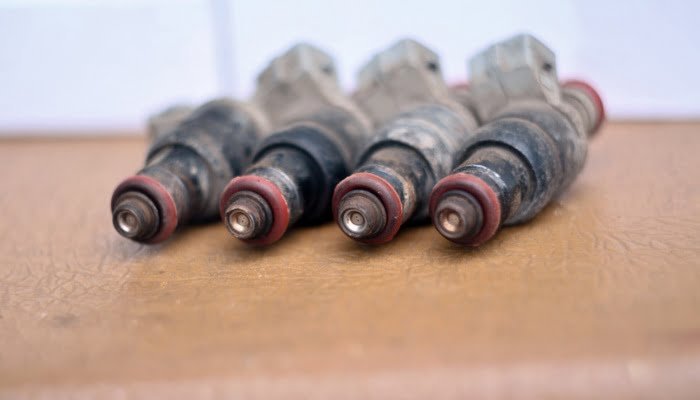

5. Dirty Fuel Injectors
Power loss and jittery could happen when debris clogs the fuel injectors. In addition, dirty fuel injectors make it difficult to maintain a certain speed while driving or accelerating from a stop.
Clogged fuel injectors can cause your car’s performance to be low and drastically reduce its fuel efficiency. All of these will result in vehicle RPM fluctuation.


6. Faulty Throttle Pedal Position Sensor
When the throttle pedal sensor is faulty, it can cause your car to accelerate on its own whether or not you’re pressing the gas pedal, thereby causing RPM fluctuation.
Misfiring the engine and experiencing difficulties starting your car are signs of a bad throttle pedal sensor. Get it fixed by a professional mechanic to continue having an excellent driving experience.
What to do when your car RPM fluctuates?
When you notice your car’s Revolution Per Minute (RPM) is fluctuating, the foremost thing to do is take the car to a professional mechanic.
If you’re not sure whether there’s an RPM issue, your car tachometer will indicate a hitch below the surface of your engine. But, of course, you’ll need to fix the problem immediately, so it doesn’t aggravate.
In some cases, you may not need to take your vehicle to the mechanic if you have some spare spark plugs. All you have to do is take out the old ones and replace them with the spare (new) ones.
This trick will fully restore your car engine RPM.
However, if the engine problems are serious, you may want to consider selling it off instead of incurring huge expenses for repairs. You can even go as far as selling the car if you want.
But, notwithstanding your decision, you have to do something real quick, so you don’t put yourself in a potentially bad situation.
FAQs
Can low RPM damage a car engine?
In normal circumstances, the probability is zero. However, when your car’s Revolution Per Minute is low, it isn’t easy to drive at high speed. The cylinder temperature will increase when the engine temperature increases. A low RPM is okay if you’re trying to slow down your car, but low RPMs give your car engine bad gearing during acceleration. At this point, the engine could get damaged.
What does it mean when my RPM goes up and down?
There are different reasons why your car’s RPM goes up and down. If you notice your car’s RPM going up and down while idling or accelerating, you’ll have to change the air filter or fuel pump. On the other hand, if you notice that the RPM issue occurs during both idling and acceleration, you’ll need to fix the idle control valve.
Most of all, if you notice any other problem, it’ll be best to have the car checked by an expert mechanic.
Which RPM is considered lugging?
You’re lugging the engine when you don’t accelerate immediately while pressing the gas pedal. For instance, if your RPM is at 2,500, traveling 40 mph, and you’re in 5th gear and trying to accelerate, you’re lugging the engine.
Also, the engine is lugging if you’re in 2nd gear and attempt to increase speed when your RPM is at 1800 traveling 10 mph. Take note that different vehicle models have different RPMs.
What is the RPM range for an Automatic Transmission?
The RPM range varies depending on the vehicle make/model and the type of transmission. But normally, when shifting gears, the RPM is usually between 1200 to 1900. However, if your car’s RPM fluctuates, it will barely respond during automatic transmission. So, to avoid such problems, the car engine is fixed.
Why is my car RPM fluctuating?
Your engine RPM will fluctuate when driving at different speeds. The higher the speed, the lower the RPM. If you are accelerating, it will increase. When coasting, it will decrease.
Final Thoughts
If you’re not sure whether your car’s RPM fluctuates, take the car to a mechanic.
Besides, there’ll be warning signs. So, the earlier you get the problem fixed, the better for your safety. If you choose not to repair the car, get rid of it before it causes any further damage.
Nevertheless, never sideline an expert mechanic in issues like this, as he’ll help you draw a decision that’ll favor your purse and safety. Remember, two good heads are better than one!


